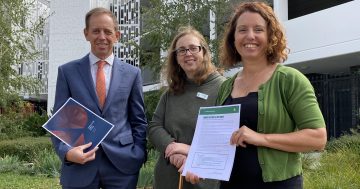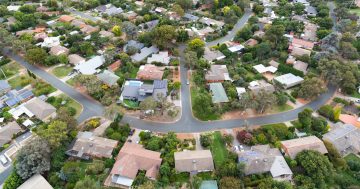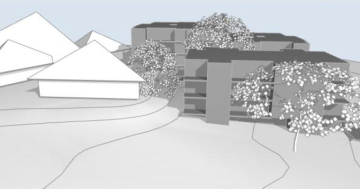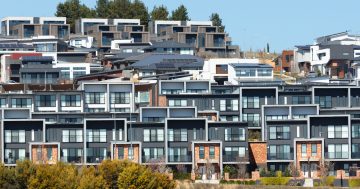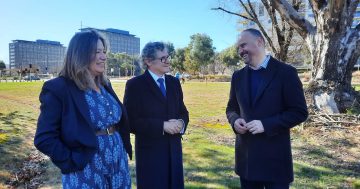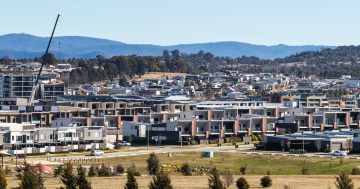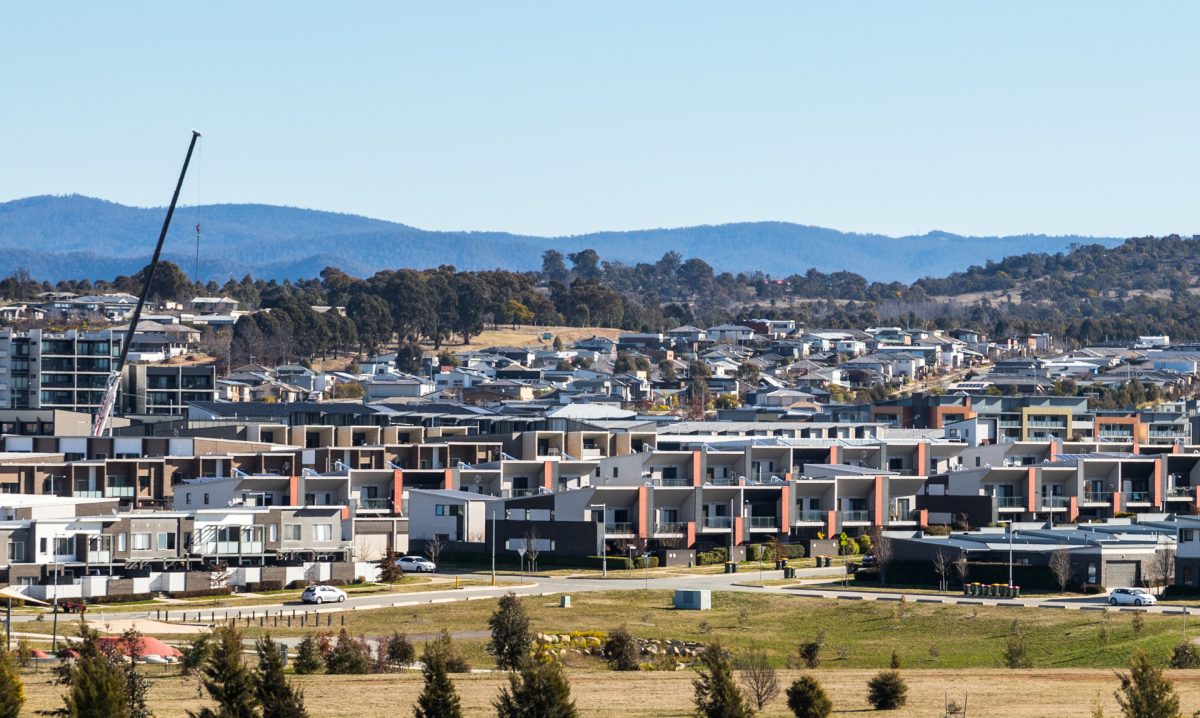
The ACT needs more new housing of all types, and fast. Photo: Michelle Kroll.
Despite what pundits are saying about a 20 per cent drop in property prices due to the Reserve Bank’s war on inflation, Canberra is unlikely to experience that sort of correction.
That’s great for homeowners, particularly for those who bought before the pandemic, but bad for anybody wanting to get into the market.
The combination of a lack of supply and Canberra’s relatively high average incomes means the market will find a new floor out of the reach of many.
Some have given up on the whole idea of the traditional freestanding home altogether. Even the next step down, the townhouse, has become a stretch at $600,000 plus, especially in a time of rising interest rates.
That leaves apartments, where many, hoping for an entry point, will need to linger for more than they expected, or maybe forever.
At the same time, rents continue to rise and vacancy rates under one per cent persist.
That’s adding pressure at one end of the market, while those who have done very well out of property in the last few years – and we’re talking a 30 to 40 per cent increase in value – have the leverage to invest or upgrade.
And there appears to be enough of them keeping that section of the market ticking over.
Some might say what’s new, that’s Canberra property.
But what is new is how the market dynamic has shifted at the same time as supply has dried up, with a lot of stock sold, even off-the-plan homes that haven’t even been built yet.
That spells trouble for a city with a growing population, increasing demand for public service workers and wanting to rebuild its international student market.
The cost of housing has been a recruitment barrier for years and has probably inflated salaries as well but now, as developers such as Geocon’s Nick Georgalis predicted last year, the situation is critical.
For those unfortunate not to be in the public service, or a family surviving on one income or on fixed incomes, housing will devour more of their cash at the same time as bills for basics such as food go through the roof.
Beneath the glossy veneer of the national capital, a growing underclass is competing for dwindling resources.
How did we get to this?
Some point to a tax regime that favours property owners, others blame the ACT Government for strangling the supply of land and not building enough social and public housing.
Whatever the case the only answer is more dwellings – be they houses or apartments – and quickly.
The government is looking to build-to-rent options, but that means large apartment developments with long lead times, and points to its public housing renewal program, although its target looks like being way short of what will be required.
The ACT continues to negotiate with the Commonwealth about securing land such as portions of the AIS campus and the CSIRO land in Belconnen, and more assistance for social housing.
A recent Productivity Commission report recommended that all housing assistance be brought under the next National Housing and Homelessness Agreement to help governments prioritise spending to the people in greatest need.
“A two-track approach is needed to ease the pressure on low-income renters – the capacity for low-income renters to pay for housing needs to be improved and constraints on new housing supply need to be removed,” it said.
The $5.3 billion Commonwealth Rent Assistance program should be reviewed and State and Territory governments should commit to targets for new housing supply and accelerate planning and other reforms.
The Commission urged coordinated policy action across jurisdictions, homelessness prevention and early intervention, and Aboriginal and Torres Strait Islander housing.
The problem will be the lag time, particularly in the ACT where prices and rents will remain high, and supply will be in a trough until a new construction pipeline is established.
The ACT Government has resisted accelerating its land release program but the conditions have changed. Canberra needs more housing and fast, and the government as the monopoly land provider can do something about that, and should.
It should also review the 70:30 infill/greenfield mix to provide more choice of homes, beef up the planning authority to speed up DA assessments and expedite its planning reforms.













